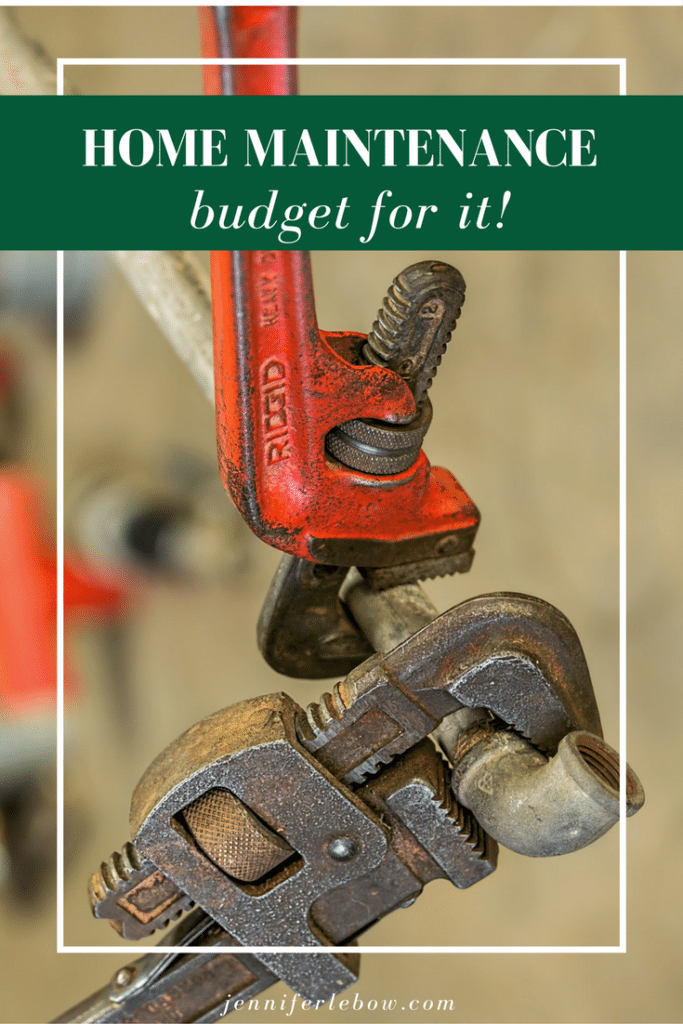
It’s not news that jobs are hard to come by, particularly for people without a college degree. It’s also not news that the cost of college has skyrocketed in the last decade. The combination of those factors translates to more people than ever going to college, but more people than ever needing student loans in order to attend. Currently, student debt in this country exceeds $1.2 trillion. This debt plays an important role in a mortgage company’s decision to lend money for a home purchase. First of all, if someone with a student loan has missed any monthly payments, it will negatively affect his or her credit score, which influences the rate the lender will offer. Second, if that student loan payment reduces the amount of money available for a down payment to less than 20% of the purchase price, there will be mortgage insurance on the mortgage loan, which means an even higher monthly payment.
While there are some loans available specifically to physicians how have lots of debt but are expected to start earning high incomes to offset that debt (these loans do NOT carry the mortgage insurance and have different guidelines), they are specific to doctors. While we may start to see other programs in the future that give more leeway to people in other, usually high-earning fields, right now, people with significant student debt may find themselves unable to qualify for a loan that enables them to buy a home in the price range they’ve identified. What is the result? We are seeing a lot more people continue to rent well into their thirties, as opposed to buying their first homes in their late twenties. How this trend will change the housing landscape remains to be seen, but the reality demands some kind of response in terms of how and where people live. Will more people rent out their homes instead of selling them? Will we see more apartments built? We have already seen more graduates returning to live with their extended families (parents, grandparents, siblings, etc.). I also wonder if there might be more of the small, pre-fab “pod”-type or “tiny” houses manufactured to meet the growing demand of more affordable housing.








